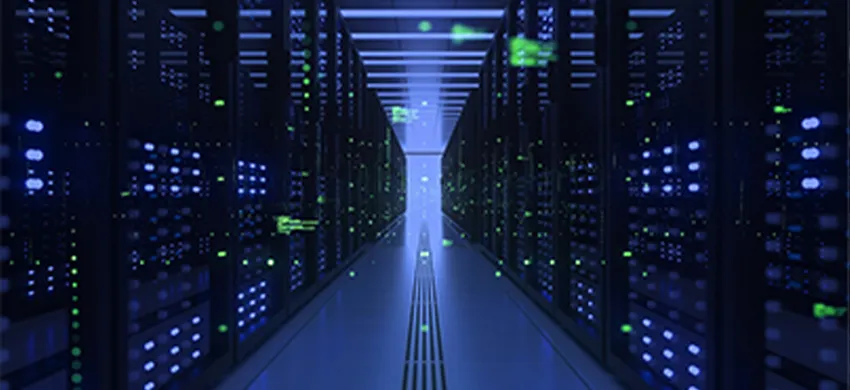1. About the standard
The IEEE 802.3ba standard and its newer version, IEEE 802.1bm, introduced 100G Ethernet into the data center space more than a decade ago. The next IEEE Ethernet standard, 802.3cd, defines a support speed of 50/100/200Gb. Shortly thereafter, 802.3b defined the speeds of 200Gb and 400Gb Ethernet. In 2018, Fibre Channel evolved from the 6th generation to the 7th generation, with duplex connections at 64Gbps and parallel connections at 256Gbps, and the need to support higher speeds has arrived.
Application | Standard | Fiber | Reach | Max Channel Loss | Connection Loss |
10-Gigabit Ethernet | 10GBASE-SR | OM4 | 400m | 2.9dB | 1.5dB |
25-Gigabit Ethernet | 25GBASE-SR | OM4 | 100m | 1.9dB | 1.5dB |
40-Gigabit Ethernet | 40GBASE-SR | OM4 | 150m | 1.5dB | 1.0dB |
50-Gigabit Ethernet | 50GBASE-SR | OM4 | 100m | 1.9dB | 1.5dB |
100-Gigabit Ethernet | 100GBASE-SR | OM4 | 150m | 1.5dB | 1.0dB |
200-Gigabit Ethernet | 200GBASE-SR | OM4 | 100m | 1.9dB | 1.5dB |
400-Gigabit Ethernet | 400GBASE-SR | OM4 | 100m | 1.9dB | 1.5dB |
32G Fiber Channel | 32GFC | OM4 | 100m | 1.86dB | 1.5dB |
128G Fiber Channel | 128GFC | OM4 | 85m | 1.9dB | 1.5dB
|
Table 1 Ethernet and Fibre Channel link loss budgets at different speeds
2. Connector loss and supported transmission distance
Starting with 10Gb Ethernet and 8Gb Fibre Channel, the loss budget is already very small, with a total link loss of 2.6dB, of which 2.2dB is related to interconnection loss.
As we move into 256 Gb of Fibre Channel and 400 Gb of Ethernet spectrum, these losses will drop to 1.9 dB and connector losses to 1.5 dB to 1.0 dB. Higher transmission rates mean that we are left with a very small margin for loss error. Insertion loss is a key performance parameter in cabling measurement of data center. For the high-speed transmission needs of Ethernet and Fibre Channel, the transmission distance supported on multi-mode fiber has been narrowed to between 100 and 150 meters. Fiber connections inside most data centers don't go much further than that.
According to the TIA-568 standard, the transmission attenuation of 850nm over OM4 fiber is 3.5 dB/km. Based on the distance of the link, we can calculate the standard loss of 0.4dB. If the actual link length is shorter than the maximum standard, this distance loss can be further adjusted to provide more loss room within the link loss budget.
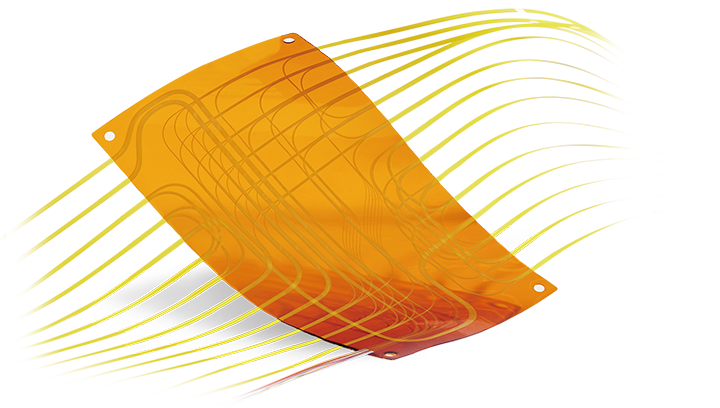 Fiber Optic Flex Circuit (FOFC)
Advanced Simulation & Optimization, High Positioning Accuracy, Flexible Customization, Rigorous Reliability Testing
Fiber Optic Flex Circuit (FOFC)
Advanced Simulation & Optimization, High Positioning Accuracy, Flexible Customization, Rigorous Reliability Testing MDC Solution
US Conec's MDC connector is a Very Small Form Factor (VSFF) duplex optical connector, expertly designed for terminating single-mode and multimode fiber cables with diameters up to 2.0mm.
MDC Solution
US Conec's MDC connector is a Very Small Form Factor (VSFF) duplex optical connector, expertly designed for terminating single-mode and multimode fiber cables with diameters up to 2.0mm.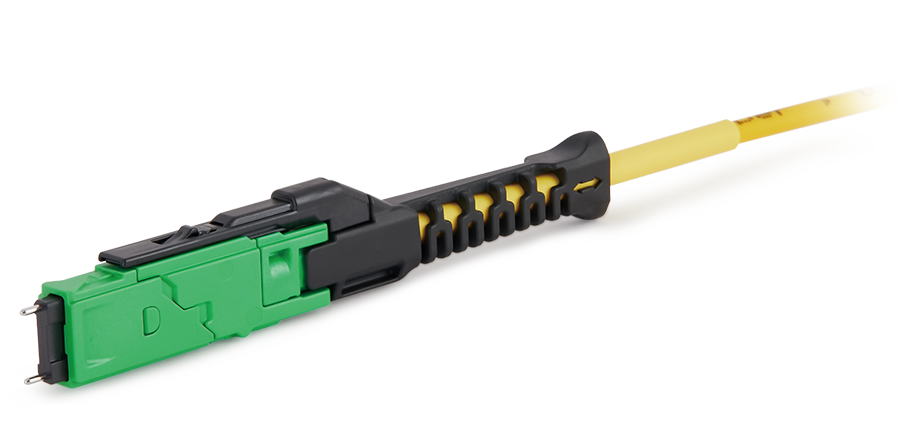 MMC Solution
US Conec's Very Small Form Factor (VSFF) multi-fiber optical connector that redefines high-density connectivity with its cutting-edge TMT ferrule technology and intuitive Direct-Conec™ push-pull boot design.
MMC Solution
US Conec's Very Small Form Factor (VSFF) multi-fiber optical connector that redefines high-density connectivity with its cutting-edge TMT ferrule technology and intuitive Direct-Conec™ push-pull boot design. EN
EN
 jp
jp  fr
fr  es
es  it
it  ru
ru  pt
pt  ar
ar  el
el  nl
nl 

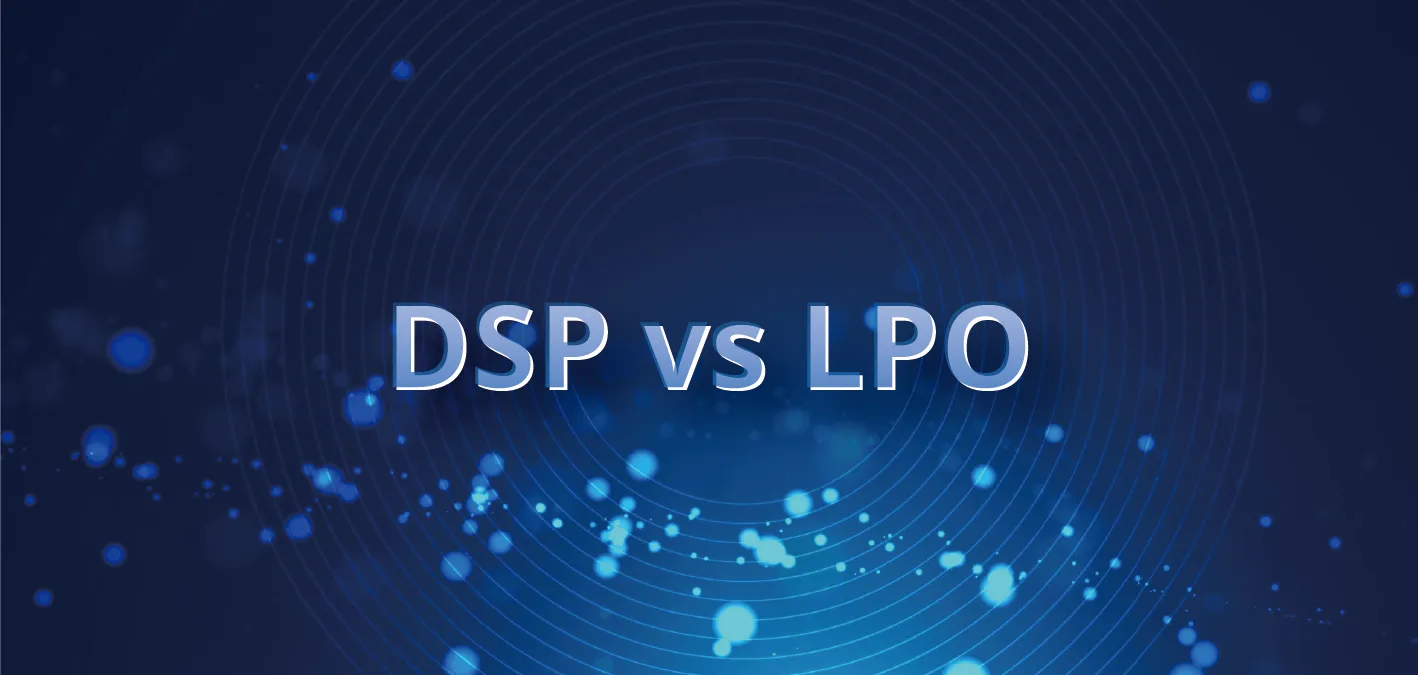
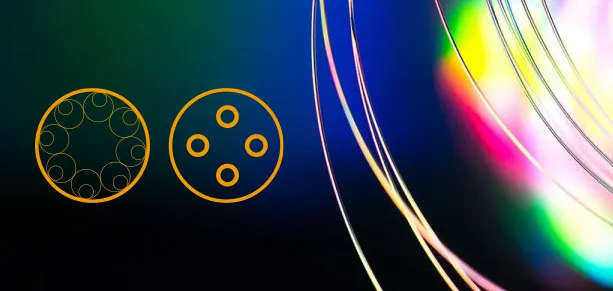
_and_High-Reflection_(HR)_Optical_Coatings.webp)
